Hardware in the wand:
- Adafruit Feather RFM69
- Adafruit Flora Color Sensor
- Adafruit NeoPixels: NeoPixel Ring 12, Mini Skinny NeoPixel Strip
- Button
- Lithium Ion 18650 Battery
- The wand handle and LED holder on the star was designed using Adobe Illustrator profiles exported to Fusion360 and modeled. It was then 3D printed in ABS and painted with an pearlized spray paint.
- The shaft of the wand is acrylic tubing with embedded LEDs.
- The star is a repurposed plastic star from a solar light.
Hardware in the headpiece:
- SparkFun Qduino Mini
- RFM69 Wireless Transceiver - 915MHZ
- Adafruit NeoPixels: NeoPixel Mini PCB, NeoPixel Ring 16
- Rotary Potentiometer, Switch
- Lithium Polymer Battery
- The headpiece was assembled from craft store finds - Christmas ornaments and floral pieces, and a headband.
- The jewel was drilled through the back and a NeoPixel embedded in it.
- The 'bubbles' are plastic bath bomb molds sprayed with frosting spray and placed over NeoPixel rings.
Hardware in the wings:
- Adafruit Feather RFM69
- Adafruit NeoPixels Mini Skinny NeoPixel Strip
- The wing panels were designed in Adobe Illustrator and laser cut out of EVA foam and Delrin.
- The fabric is an iridescent polyester with iron on vinyl details.
- The wing base was designed in Adobe Illustrator and imported into Fusion360 for modeling.
- The wing panels terminate in 3 pin JST connectors that plug into the hardware in the base.
- The center 'bubble' is plastic bath bomb mold sprayed with frosting spray and placed over a NeoPixel ring.
 Angela Sheehan
Angela Sheehan

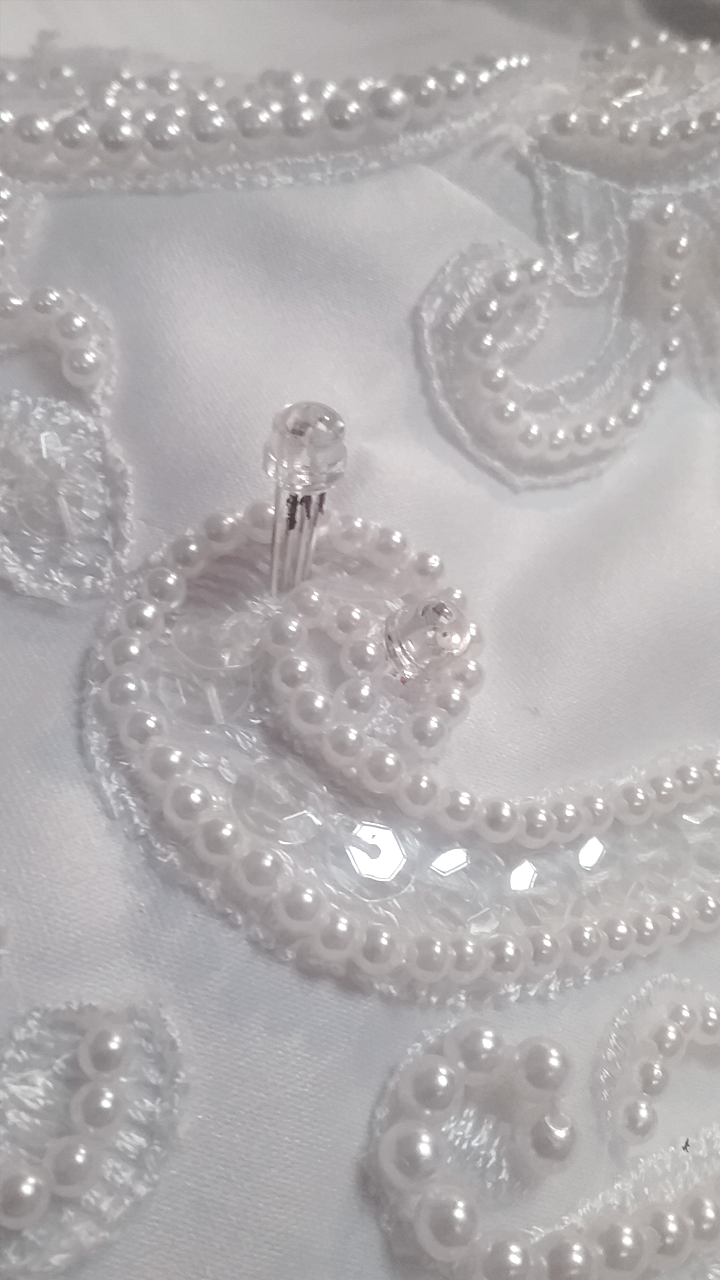 After pressing the LED flat agains the fabric, I flipped the dress inside out and used pliers to bend the legs flat against the fabric to hold it in.
After pressing the LED flat agains the fabric, I flipped the dress inside out and used pliers to bend the legs flat against the fabric to hold it in. 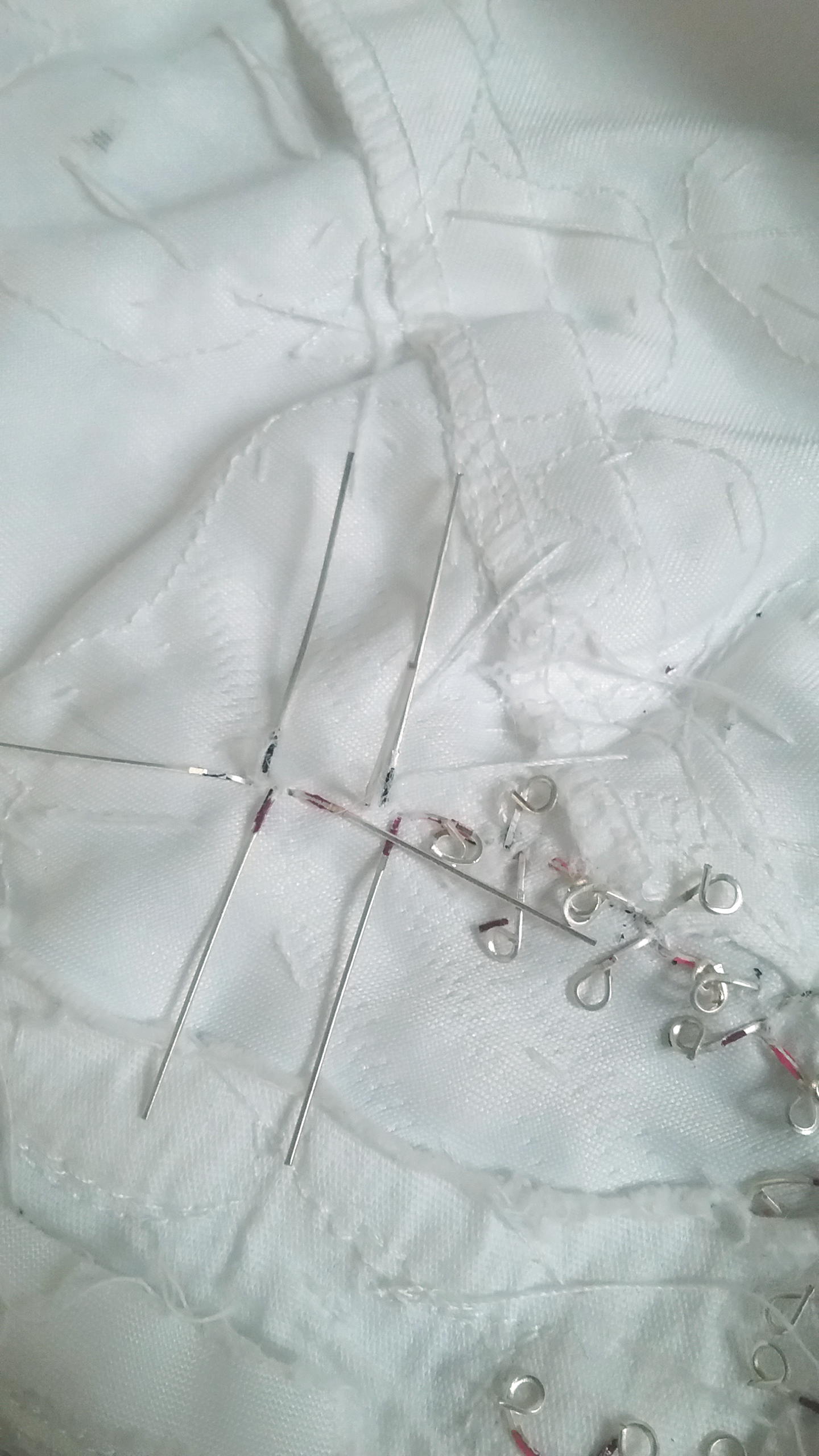
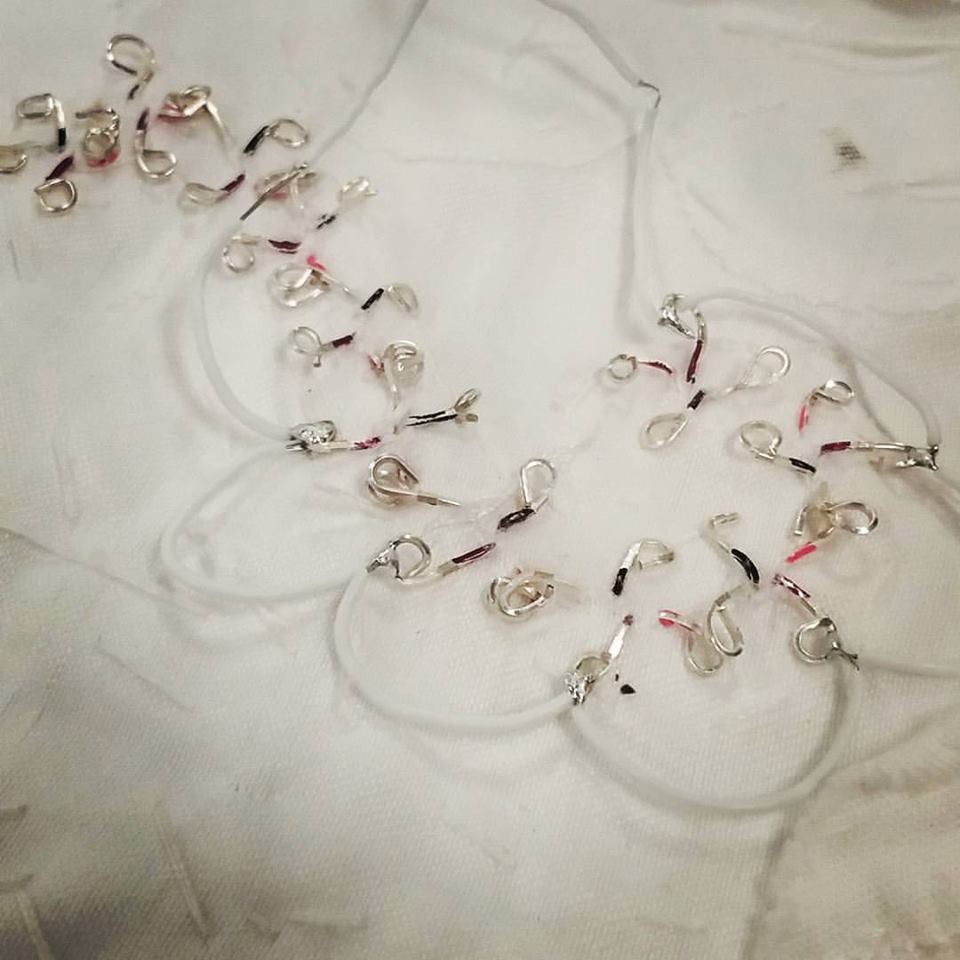
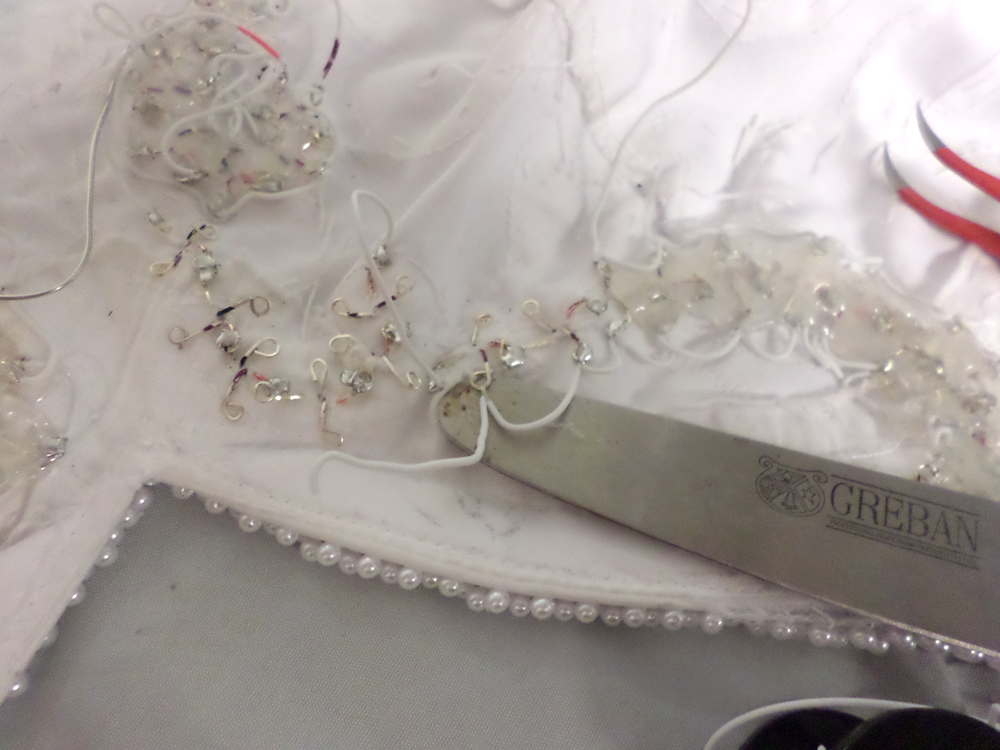
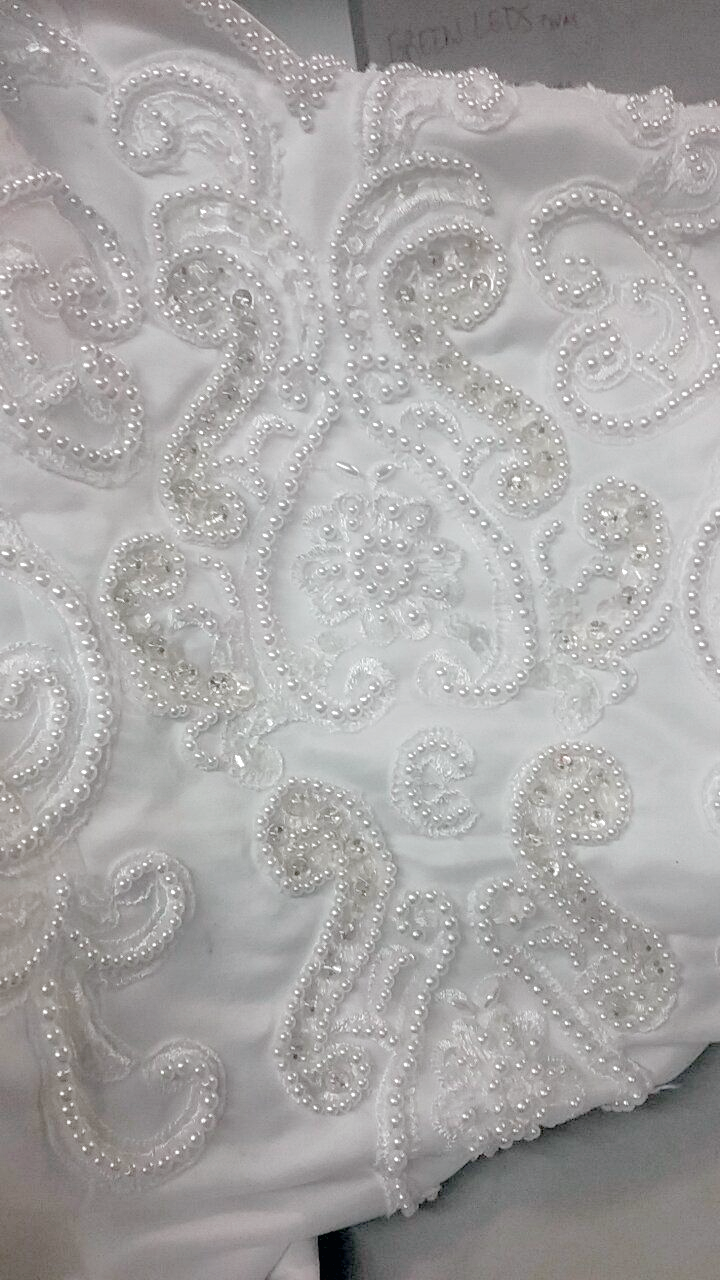
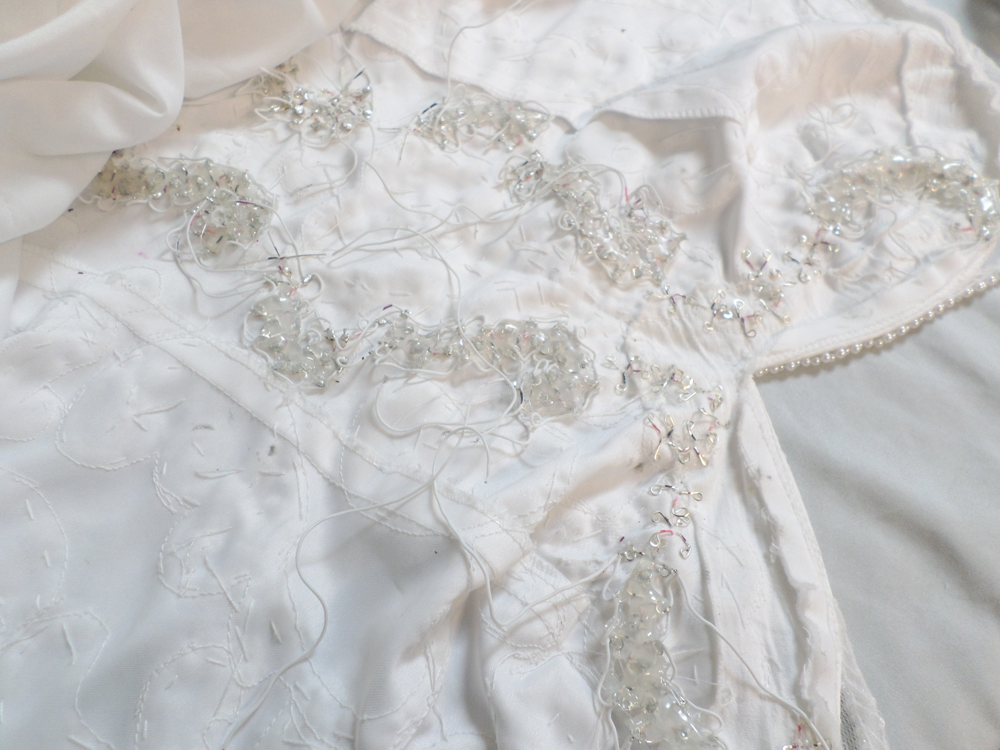
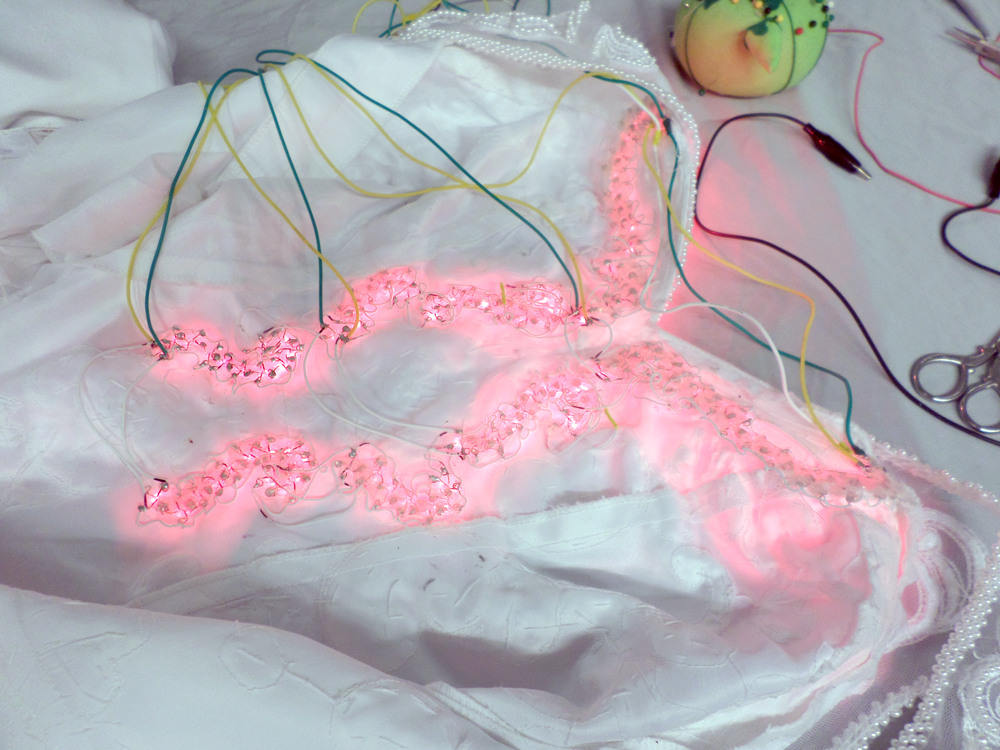

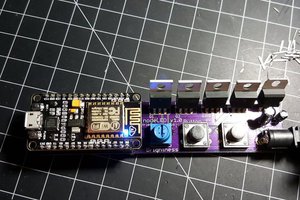
 MobileWill
MobileWill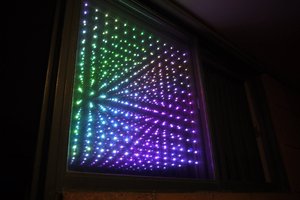
 Evan
Evan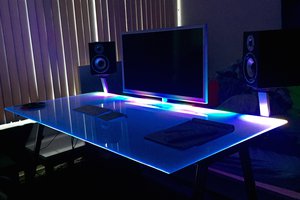
 Stijn
Stijn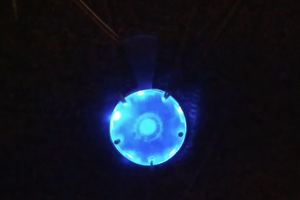
 Stephen Tranovich
Stephen Tranovich
This is really interesting. My friend from https://scratchcards-now.com/scratchcard-games-online/ told me about it. I like it, thanks for sharing!